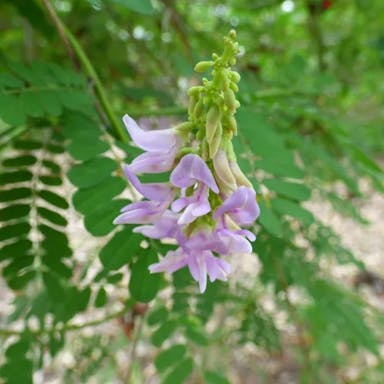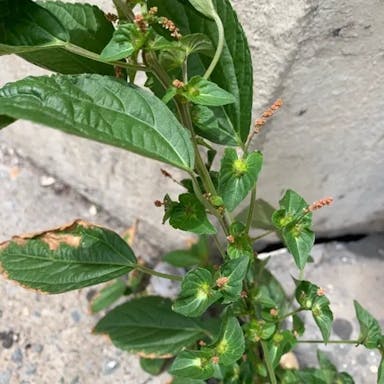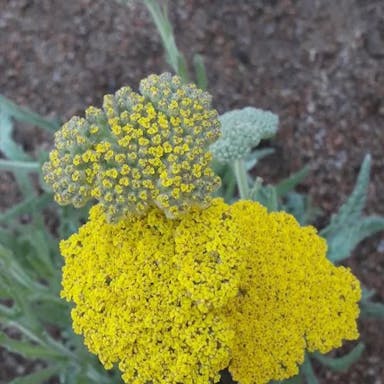Mashua varieties can vary in color, including red, yellow, and orange. Each color variation may have slightly different taste profiles and adaptability to different climates. When selecting Mashua seeds, look for plump, firm seeds without signs of damage or mold. Ensure the seeds are from a reputable supplier to guarantee quality and authenticity. For seedlings, choose ones with healthy green leaves and sturdy stems. Avoid seedlings with yellowing leaves or signs of pests or diseases.
0
0










